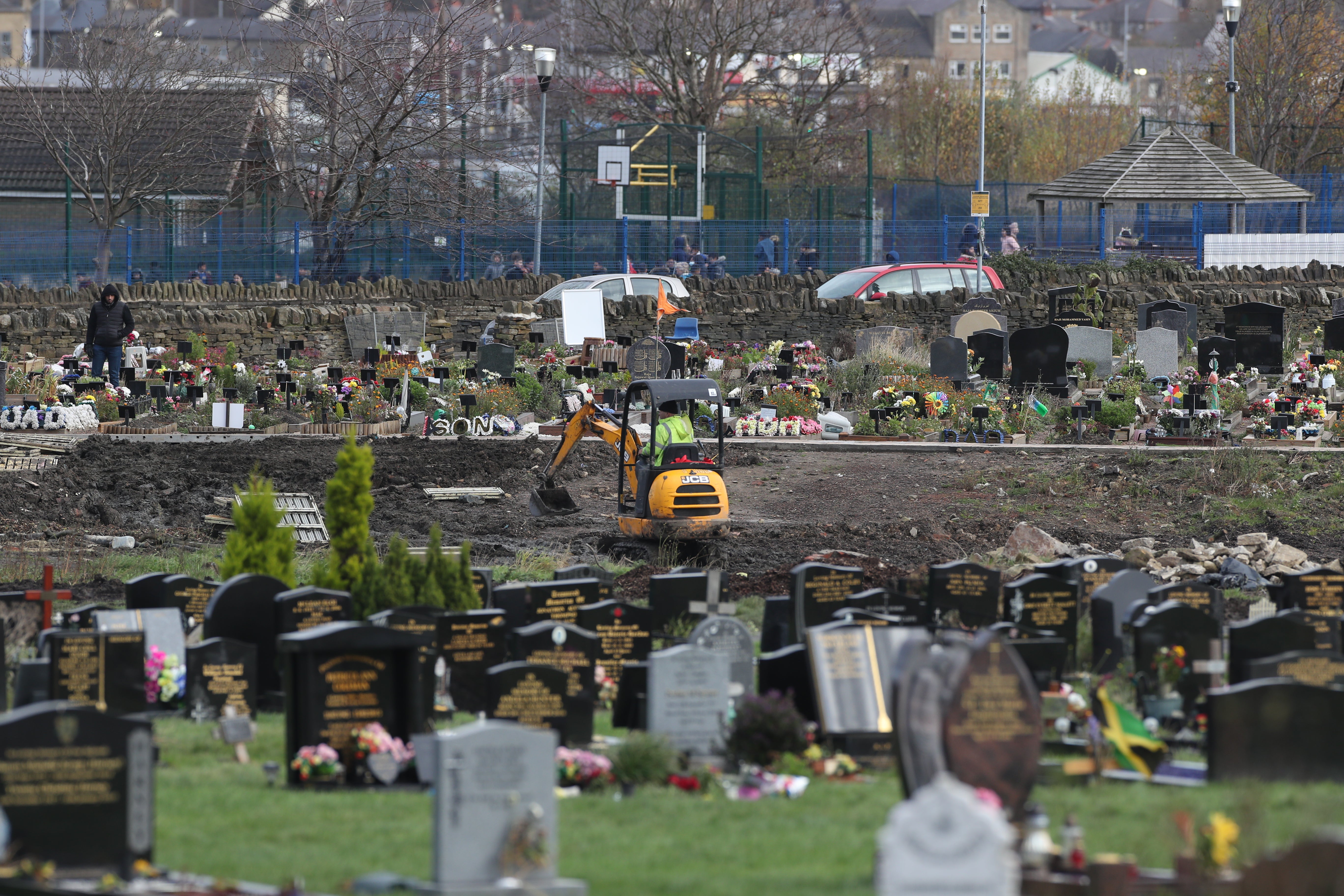Black and south Asian Covid death rates ‘higher than for white people’ amid vaccine gap
Disparities remain due to the gaps in vaccination rates.

Your support helps us to tell the story
From reproductive rights to climate change to Big Tech, The Independent is on the ground when the story is developing. Whether it's investigating the financials of Elon Musk's pro-Trump PAC or producing our latest documentary, 'The A Word', which shines a light on the American women fighting for reproductive rights, we know how important it is to parse out the facts from the messaging.
At such a critical moment in US history, we need reporters on the ground. Your donation allows us to keep sending journalists to speak to both sides of the story.
The Independent is trusted by Americans across the entire political spectrum. And unlike many other quality news outlets, we choose not to lock Americans out of our reporting and analysis with paywalls. We believe quality journalism should be available to everyone, paid for by those who can afford it.
Your support makes all the difference.A greater proportion of black and Asian people are dying with coronavirus than white people, despite case numbers in the latter group being higher, a study has warned.
Death rates among black and Asian groups are higher than those in white people, which is “almost certainly” down to differences in vaccine take-up, a Government adviser on Covid-19 and ethnicity said.
Deaths are lower than they were in the first and second waves following the rollout out of the vaccination programme.
But disparities remain due to the gaps in vaccination rates, with experts calling on people to get their first, second and third jabs as soon as possible.
Dr Raghib Ali, the Government’s independent adviser on Covid-19 and ethnicity, said “nearly all” the previous trends have reversed in the third wave.
Infection rates are now highest in white people, having risen between the second and third waves, in areas previous less affected such as the south west, in the least deprived areas and least densely populated areas.
He told a media briefing: “This almost certainly reflects the overall immunity based on natural infection, particularly, because London for example has the lowest vaccination rates but also the lowest infection rates at the moment, which really can be only due to differences in natural immunity.
“The problem unfortunately is that despite still having lower infection rates for south Asians and blacks in this third wave, their hospital rates and death rates are still higher than whites.
“And this almost certainly sadly reflects the difference in vaccination rates.”
Vaccination rates remain highest in white people and lowest in black groups, the report notes, adding that rates in older black African and Pakistani people saw the biggest increase in the six months to October.
Dr Ali said there has been a “significant improvement” in uptake among certain groups over the past months, but that “the gap is still there”.
He added: “Unfortunately, unless that changes it’s likely that the disproportionate risk for, particularly blacks but also south Asians, will still be there, even though in this third wave infection rates have decreased.”
The final report into Covid-19 disparities, produced by the Cabinet Office’s Race Disparity Unit with Dr Ali, outlines the main risk factors in ethnic minority groups.
These include occupation, particularly for frontline workers, household size, particularly those containing schoolchildren and older relatives, and living in densely populated areas with higher levels of deprivation.
Once infected, factors such as being older, male, and having a disability or pre-existing health condition were likely to increase the risk of dying.
The Government said it used its findings to provide targeted guidance and advice on how to reduce the risk of infection.
For example, it issued guidance on preventing household transmission and measures to protect taxi drivers in the second wave as it emerged that the risk of dying with Covid was higher for Bangladeshi and Pakistani groups.
A higher percentage of people from these groups live in multigenerational households, while more than half of taxi drivers are from a minority ethnic background, it said.
There have also been a raft of initiatives to increase vaccine confidence and tackle misinformation by working with faith and community leaders, making vaccines available through pop-up clinics and places of worship and holding information sessions.
Equalities minister Kemi Badenoch said understanding of how different groups are affected by the virus has been “transformed” since the start of the outbreak.
She said: “We know now that factors like the job someone does, where they live, and how many people they live with, impacts how susceptible they are to the virus and it’s imperative that those more at risk get their booster vaccine.”
A significant risk factor was living in multigenerational households in the second wave, when schools were open during lockdown periods, compared to the first wave when they were closed to most students.
Dr Ali said there is no “easy answer”, as keeping children home from school would damage their mental and physical health and education, adding that most grandparents would not want their grandchildren to suffer.
He said there is a need for better education for people in such households about ways they can best protect themselves.
Among the report’s recommendations is a warning for public health communications not to “stigmatise” ethnic minorities by singling them out and to improve the quality of health ethnicity data.
All recommendations in the report have been accepted by the Government.